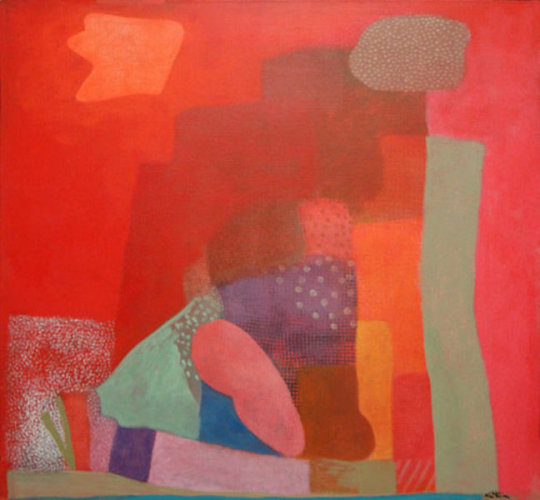Borrowed characters are a Postmodernist convention. Placing characters who originate in contrasting imaginary "worlds" into new narrative contexts enables juxtaposition of these worlds, a kind of collision creating thematic and emotional resonances in a very economical way. Brian McHale:
"Borrowed characters abound in Postmodernism. Thus, for example, Italo Calvino has expropriated Dumas' characters Dantes and the Abbe Faria in his rewriting of "The Count of Monte Cristo," (1967) while Alejo Carpentier in El recurs del metodo has peopled his fictional Paris with characters borrowed from Proust (including Morel, Brichot, the painter Elstir, the composer Vinteuil, and Madame Verdurin). Garcia Marquez in One Hundred Years of Solitude mentions the room in Paris where Rocamadour will die one day - but Rocamadour dies not in the world of One Hundred Years of Solitude, but in the world of Cortazar's Hopscotch, from which Garcia Marquez has borrowed him." (Postmodernist Fiction, p.58.)
And he quotes Flann O'Brien's At Swim-Two-Birds (1939):
"Characters should be interchangeable as between one book and another. The entire corpus of existing literature should be regarded as a limbo from which discerning authors could draw their characters as required, creating only when they failed to find a suitable existing puppet. The modern novel should be largely a work of reference." (Postmodernist Fiction, p.58.)
We use borrowed characters everywhere in TriadCity. I love them for the extreme compression they can help to achieve, where simply putting someone familiar into a new context resonates eloquently. Carol Connolly serves tables in the NorthWest Third. Why? Because it solves her child's need for capable medical attention without requiring her to be dependent on a wealthy but idiosyncratic sugar daddy. And yes, she wears the union tattoo. With these simple semaphores we can imply whole societies, and make coherent judgements about them.
Here are two who are meaningful to me. Edna and Suzanne are women painters in 19th century dress, seen during daylight hours with their easels at one particularly striking riverside vista point in the NW Third. After sunset they go home together to their shared apartment in a collective home. They smile and are happy to return your polite bows, but mostly they keep to themselves. Who are they?
Suzanne is Suzanne Valadon, a woman whose decades-long struggle to transform herself from working class street scruff to Post-Impressionist master moves me deeply. Edna is Kate Chopin's Edna Pontellier, a would-be painter who spectacularly fails in her own struggle for transformation. By putting these two together in NW I hope to telegraph a series of propositions about individual struggles for identity, the need for artists to find mentors and peers, and of course the obvious ways in which societal contexts help or hinder. I suggest that Edna's failure is fueled largely by her isolation. The closest thing to a peer she knows is the ambiguous Mlle Reisz, who does not offer her a relationship of artistic solidarity. Edna's break from caste and context is incomplete; by staying in New Orleans she dooms herself. If she'd only gone to Paris; if she'd only found someone as strong as Valadon. Here they are by the riverbank: the NorthWest Third approves of misfits and rebels and runaways. Edna's alive and painting, and if you'd like to read a romance into their relationship you're welcome to, although that's not my principal intention.
We have Randal McMurphy staring at a wall; Justine and Juliette loyal to competing Thirds; Tiresias the blind seer, seeing exactly what you ask him to but understanding nothing; Rayette Dipesto waiting tables, only now she's in the union; Pere Ubu as our central mascot. Many of these are simply jokes: Toula Portokalos is a student at our University. Or maybe not simply. Toula transformed herself, and self-transformation is a core theme of NorthWest. Are we completely kidding about her? Perhaps not completely.
The result, I think, is a fictional world vibrating with allusions to broader themes and contexts, built less from narration than from juxtaposition. Where borrowing characters is one technique among others for building resonances from minimal sources.


No comments:
Post a Comment